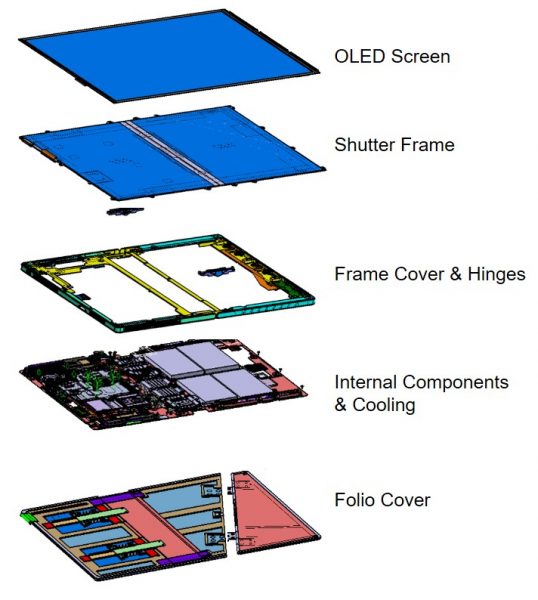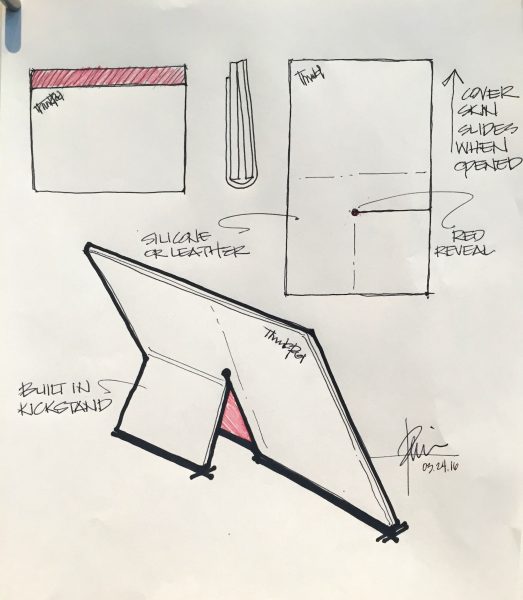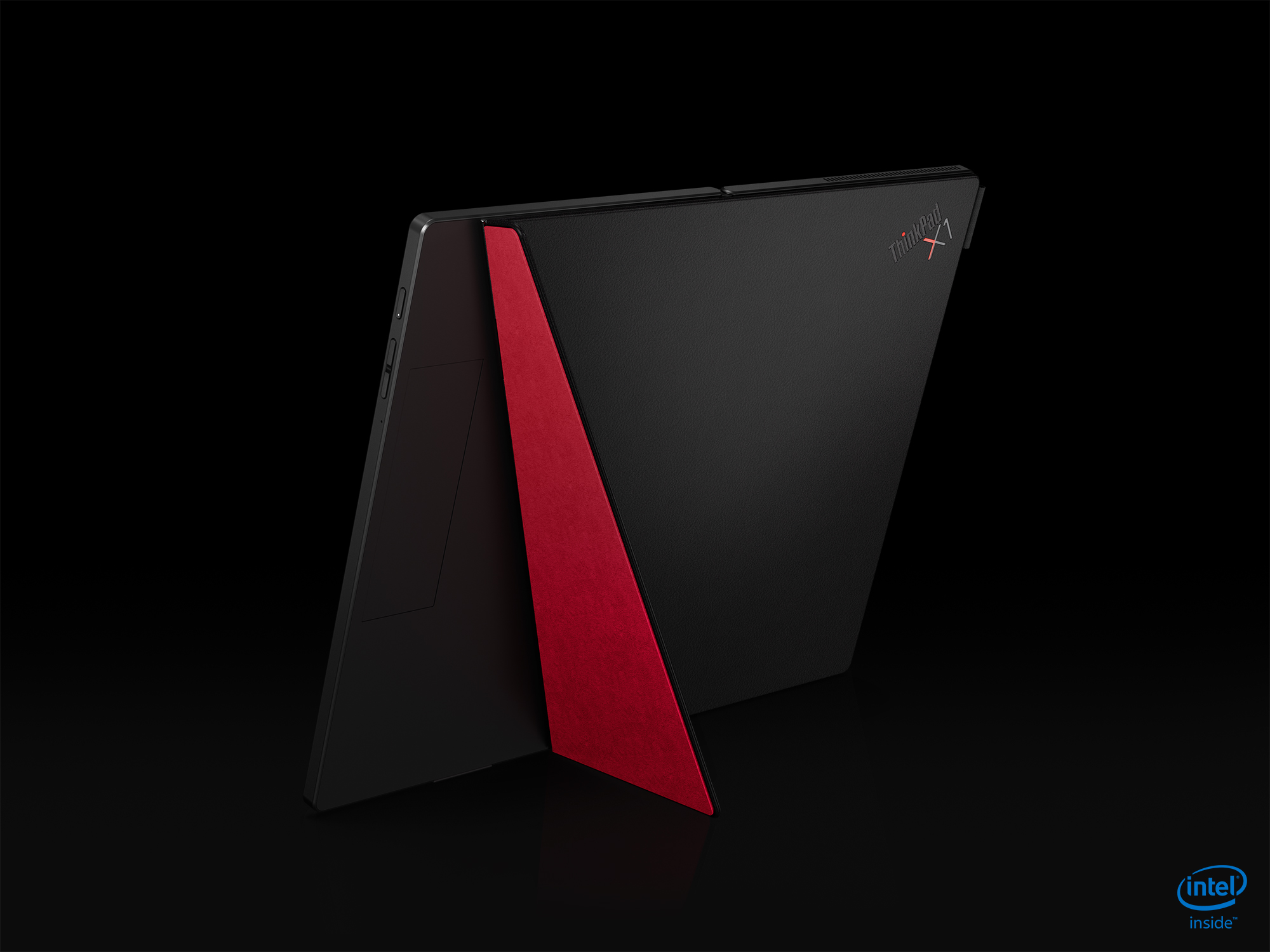We have always said that someday we will work from home, probably we will not be in need of going to offices or this and that and whatnot. Well, tech companies were working on these from the beginning to be absolutely honest, but still, there wasn’t actually a whole lot of progress. But when the COVID-19 arrived, the whole world faced lockdown, people for the first time truly realized how much important the concept of work from anywhere is.
The world has changed. We are living in an always-on technological world. Therefore, we depend on technology for everything. As we said before, the world is now emphasizing work from anywhere concept. Therefore, people are not actually willing to fetch professional devices along with personal devices everywhere. The roles between personal and professional devices are gradually getting reduces. Users now want such a device that will enhance productivity, despite the fact they are in a restaurant or bedroom, or office. They are actually looking for a device that will serve both personal and professional purposes.
Therefore, there grew a demand for such a device that could serve both purposes. The tech companies have been trying to meet the needs of their customers. They have been facing lots of challenges regarding this which includes innovation and creativity factors, designing factors, and obviously engineering expertise factors. Keeping all these in mind, Lenovo has introduced the very first foldable PC to the world – the ThinkPad X1 Fold, has opened a new door to innovation.

Let’s try to dive into the process that Lenovo had to go through for innovating such a device.
The very first thing that they had to do is that they had to search for rooms for innovation. They saw from the report of IWG that almost half of the global employees had to work outside of the main office at least 2.5 days per week. And for this, they had to carry a device that actually promoted the concept of ‘carry small, use big.’ Therefore, they tried to find rooms for innovation, and what they found was, they could work on flexible and foldable OLED displays which had the potential to grow into a market of USD 167.7 Billion by 2024.
Now that the need was identified, it was time to work on creating ideas and designs based on that. Lenovo worked on it, tried to analyze what the users wanted, and researched the perspective of the user end. Then they tried to develop a basic design having the must-have things. The main challenge they had to face while doing this was to combine both the size and portability of a smartphone along with the power and functionality of a professional device and obviously that desired flexibility that the market lacked – all in a device. Why? Because they wanted to meet the needs of all kinds of customers. And the solution they came up with was nothing other than a computer with a foldable screen.

Now that the solution to the need was identified, it was high time Lenovo entered the engineering phase. To overcome the challenges described above, Lenovo needed an efficient team that included diverse people to provide a variety of perspectives to collaborate and develop the best possible solution. Therefore, Lenovo and Intel engineering and sub-engineering teams worked together to identify solutions regarding the designing, durability, and usability factors. As we mentioned before, the biggest challenge was to fit all of those features fit together in such a small space where another big restriction of the foldable screen mechanism arrived on the top.
After lots of researches, the team decided that it would require 11 layers to make the foldable screen work. Some of the 11 layers would be the bezel, folding OLED display which will be made with LG displays, carbon fiber shutter frame, a unique cooling system, and foldable graphite.
This system of multiple layers under the display actually allows the users to experience the folding technology to the fullest. How? To know that, we need to know how these layers function. The display has its own unique multi-link hinge which was provided in the display so that it can protect the screen when closed and so that it provides proper tension across the full range of motion pulling the screen flat when opened fully. When all these layers are combined together, the unique layers and hinges combinedly provide the best user experience by the durability factor.
To enhance its usability, Lenovo put advanced speakers and SIX antennas for 5G and Wi-fi connectivity! Also, in any computer, the cooling system is very crucial. To maximize it, Lenovo’s team in Japan took inspiration from the traditional Japanese mosaic woodworking.

Now that the need was identified, it was time to work on creating ideas and designs based on that. Lenovo worked on it, tried to analyze what the users wanted, and researched the perspective of the user end. Then they tried to develop a basic design having the must-have things. The main challenge they had to face while doing this was to combine both the size and portability of a smartphone along with the power and functionality of a professional device and obviously that desired flexibility that the market lacked – all in a device. Why? Because they wanted to meet the needs of all kinds of customers. And the solution they came up with was nothing other than a computer with a foldable screen.
Now that the solution to the need was identified, it was high time Lenovo entered the engineering phase. To overcome the challenges described above, Lenovo needed an efficient team that included diverse people to provide a variety of perspectives to collaborate and develop the best possible solution. Therefore, Lenovo and Intel engineering and sub-engineering teams worked together to identify solutions regarding the designing, durability and usability factors. As we mentioned before, the biggest challenge was to fit all of those features fit together in such a small space where another big restriction of the foldable screen mechanism arrived on the top.
After lots of researches, the team decided that it would require 11 layers to make the foldable screen work. Some of the 11 layers would be the bezel, folding OLED display which will be made with LG displays, carbon fiber shutter frame, a unique cooling system, and foldable graphite.
This system of multiple layers under the display actually allows the users to experience the folding technology to the fullest. How? To know that, we need to know how these layers function. The display has its own unique multi-link hinge which was provided in the display so that it can protect the screen when closed and so that it provides proper tension across the full range of motion pulling the screen flat when opened fully. When all these layers are combined together, the unique layers and hinges combinedly provide the best user experience by the durability factor.
To enhance its usability, Lenovo put advanced speakers and SIX antennas for 5G and Wi-fi connectivity! Also, in any computer, the cooling system is very crucial. To maximize it, Lenovo’s team in Japan took inspiration from the traditional Japanese mosaic woodworking.
Now that the device has been engineered and designed properly, it all comes to this last stage – durability test. Just like the other devices of Lenovo, X1 Fold also went through a tough process to ensure that it is durable enough to meet the legacy of the name ThinkPad. To test the durability, the folding display was closed and opened again and again almost 30,000 times to ensure that it truly is durable enough to maintain its integrity and functionality.
Now that everything is ready, it is time for Lenovo to launch it to the market. The new ThinkPad X1 Fold is surely going to be a revolutionary product by Lenovo. It is going to be available in the market from the beginning of 2021. Now, it is available for pre-order that comes with a Bluetooth Mini Fold Keyboard and Active pen.
About Lenovo:
Lenovo Group Ltd., mostly known as Lenovo, is a Chinese multinational technology company. It was founded in 1984. The main headquarter is in Beijing, China. Currently, it has its own operational headquarters in Morrisville, North Carolina, US. It also has its operations center in Singapore. The company has been designing, manufacturing, and selling personal computers, tablet computers, smartphones, supercomputers, workstations, IT management software, television, and what not! As of January 2021, Lenovo is the largest personal computer vendor as per unit sales in the world. No doubt, Lenovo is pretty successful in this field which has allowed them to launch the very first foldable display computer in the world. Surely, their innovation is going to bring a revolution in the world of technology.
